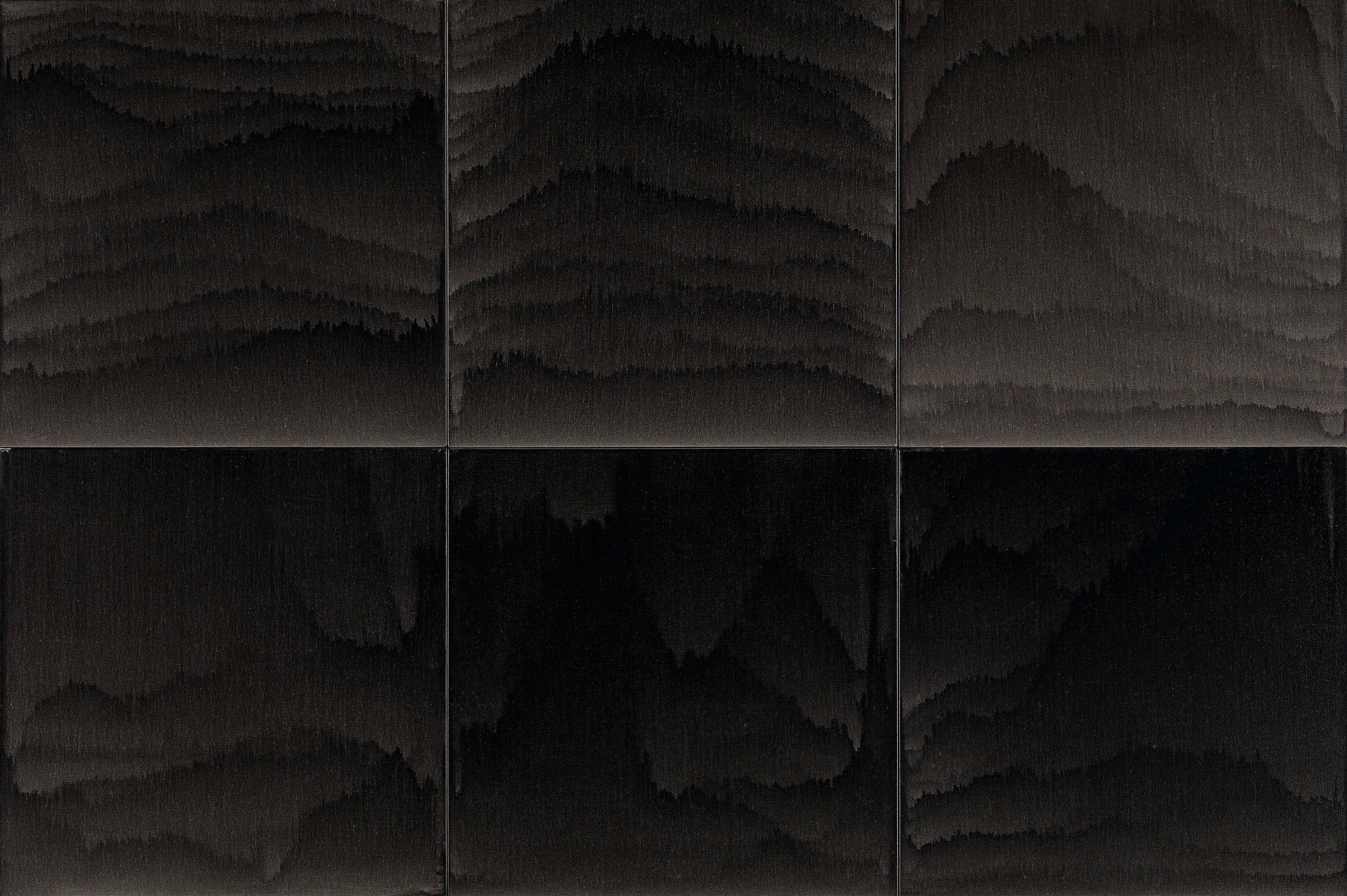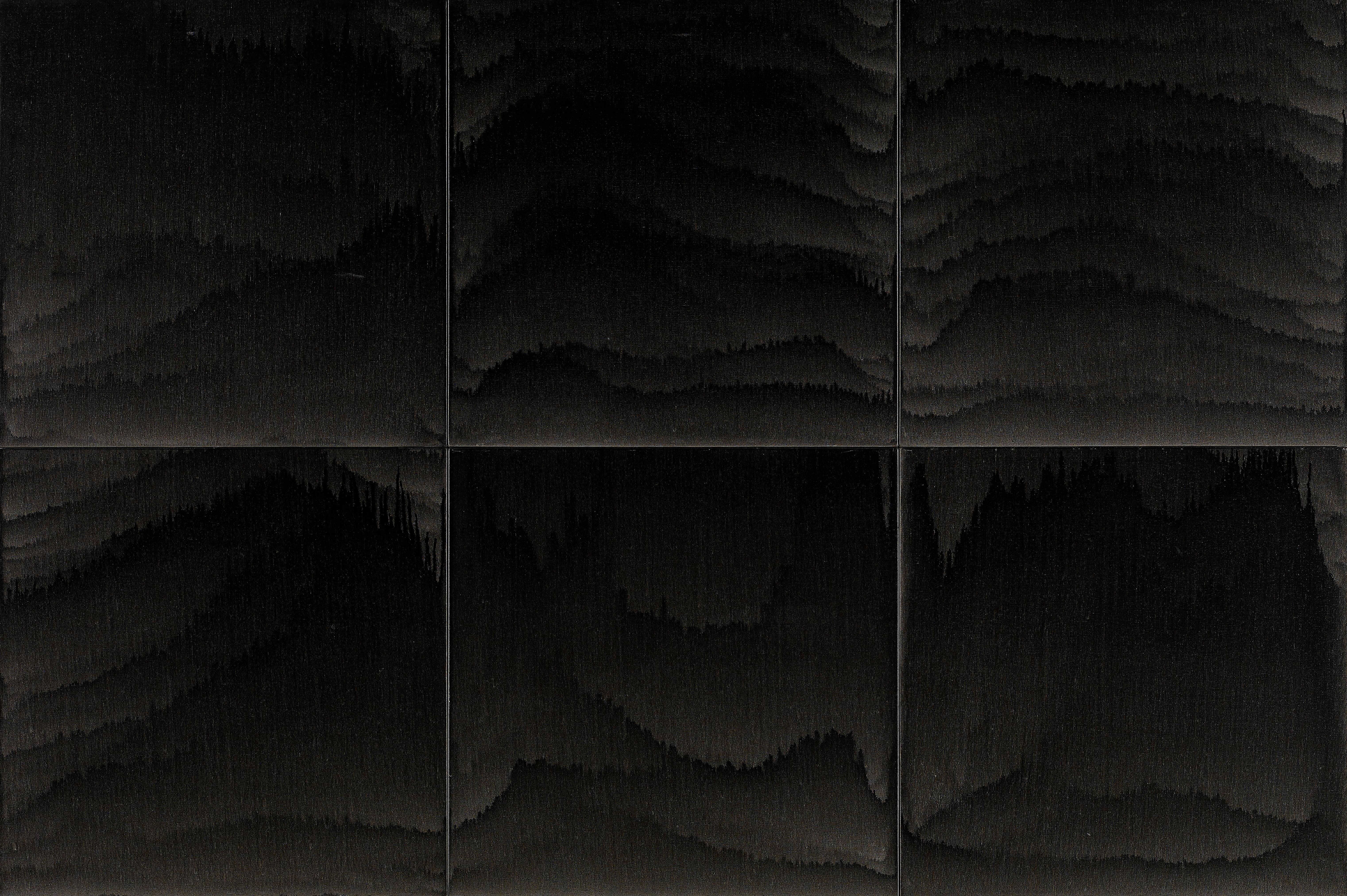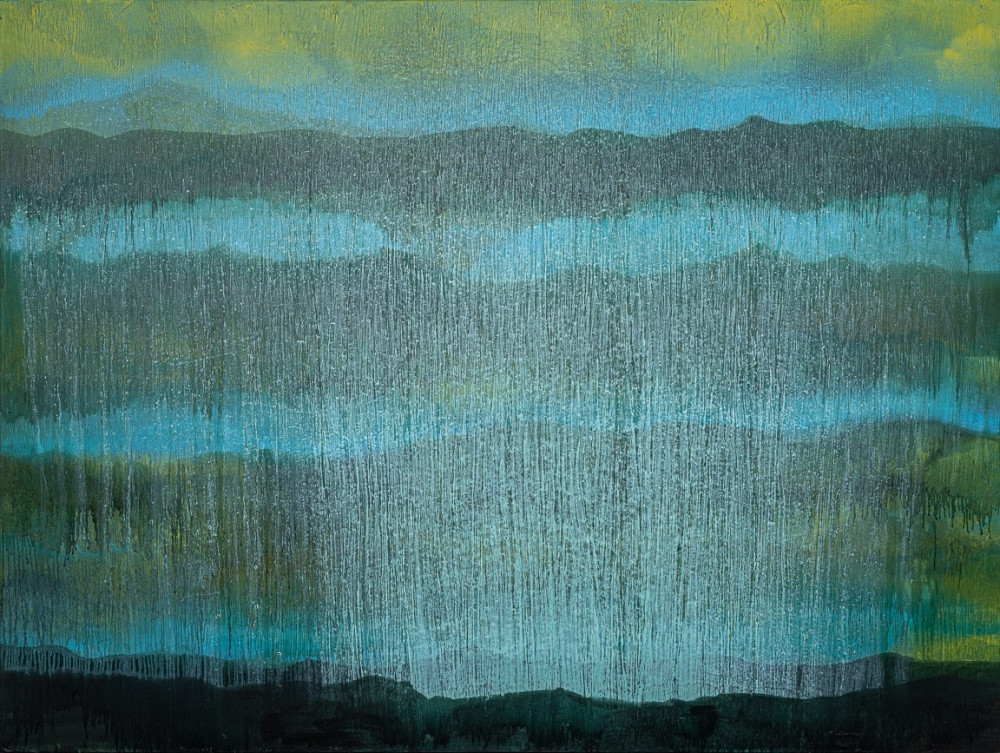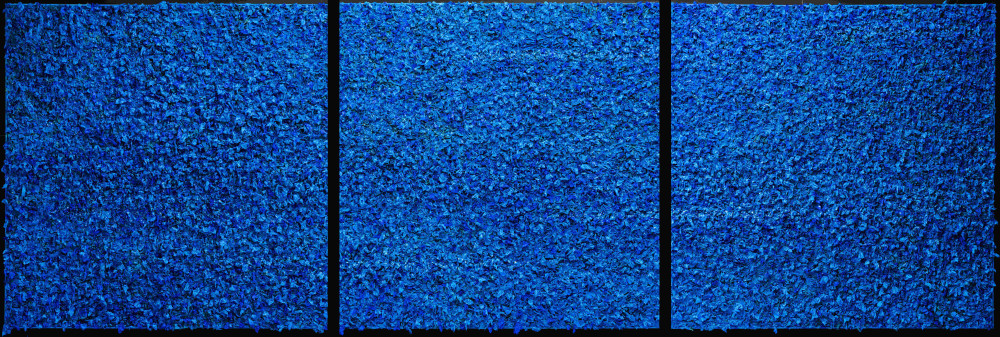In 2008, Chiang moved to Jinzun, Taitung, where he found solace and inspiration in the embrace of nature. On this pristine land, he personally designed his new home and studio, shifting from his earlier black and gray palette to incorporate the vibrant colors of nature into his work. This change brought forth unprecedented luminant hues in his paintings. Series such as "Pisirian," "Jinzun," "Pastoral," and "Afternoon of a Faun," developed in Taitung, reflect the radiant natural imagery of Taiwan's east coast. Among these works, he created the large-scale piece "Sound of Ocean 21-00," which evokes the serene and expansive imagery of the ocean.
Chiang, who spent his entire life searching for inner light, remarked that even though his creations after moving to Taitung became colorful and bright, they were not inspired by actual sunlight. Instead, they represented the introspective light within him. “Taitung gave me a reborn artistic life,” he said, encapsulating his state of mind at that time.
Mountain Range of Taiwan
Chiang and his wife have always loved the sea. For a period, they often drove from Taipei to the east coast in search of an ideal sanctuary. Their journey took them through Yilan and Hualien, and when they finally arrived in Jinzun, Taitung, they immediately fell in love with the place. In 2008, they built their residence and studio in Jinzun.
During these trips back and forth, Chiang became attuned to the changing light on the coastal mountains at different times of the day. These impressions inspired the "Mountain Range of Taiwan" series.
Although painted in oil, the "Mountain Range of Taiwan" series evokes the fluidity of traditional ink wash paintings. The mountain peaks, illuminated by light, exhibit a translucence as if filled with a spiritual presence, reflecting the artist's emotional and spiritual connection to the landscape. The golden mist enveloping the layered mountains creates an atmosphere of brewing potential, allowing viewers to feel the majestic grandeur of Taiwan's mountain ranges as if they were present.
Pisirian
The "Pisirian" series is one of the earliest series Chiang developed after settling in Taitung. "Pisirian" is a transliteration of the Amis word for "land of grazing," and it is also the name of a tribal area near today's Sanxiantai, a nature reservation, in Taitung.
Unlike his earlier works, Chiang's "Pisirian" series is characterized by a rich variety of vibrant colors, capturing the blues of the sea and sky as well as the light of dawn and dusk. Inspired by the radiant and bright colors of flowers, Chiang's work bursts with light and energy, reflecting the lush and flourishing landscape.
Jinzun
Jinzun, which means "golden chalice," is inspired by the wine glass-shaped landform of the bay. Chiang's long-term dialogue with nature and life in this area has continuously evolved into a new creative vocabulary.
Unlike the bright and colorful works from his early days in Taitung, Chiang's "Jinzun" series reflects his deep affection for the land of Taitung over the years. The large-scale works "Spring," "Summer," "Autumn," and "Winter" were specially created for the 2020 retrospective at the Taipei Fine Arts Museum. Everyday elements from Jinzun—betel nut sheaths, metal grids from construction sites, corrugated cardboard, and even the used paper balls from his studio—have all become materials for creating the impressions of Jinzun.
Sound of Ocean
In 2004, Chiang relocated to Sanzhi on the north coast, commuting daily between his studio in Kuandu and his home. Each evening, upon returning, he would look out over the deep black sea. This view evoked a profound sense of solitude and tranquility, inspiring his creation of the "Sound of Ocean," a piece symbolizing his inner landscape. It was during this period that he also began contemplating the establishment of a studio on Taiwan's east coast.
Chiang reflected, "Many of my works are connected to the ocean, but I am not trying to depict the sea itself... What is more crucial is the imaginative space and the atmosphere experienced when alone with the ocean. At certain moments, inspiration arises naturally."
"The color blue is the most challenging to perfect." In 2022, he presented a monumental piece nearly eleven meters wide and three and a half meters high at the Taitung Art Museum, titled "The Sound of Ocean 21-00." This artwork was composed of paper balls saturated in various shades of blue paint, capturing the essence of the sea. Chiang noted, "For over a decade in Taitung, I have awoken every morning to the sight of the ocean. I didn't deliberately set out to create 'The Sound of Ocean;' it gradually evolved because the colors of the sea have long been imprinted in my heart."
Imagination of Ocean and Island
Chiang has spent his life living by the ocean, and each phase of his creative journey is deeply intertwined with the it. In 2023, he created the "Imagination of Ocean and Island" series, which uses blue and brown tones as the foundation. This series reflects the mysterious and beautiful sensations the ocean imparts to him.
Afternoon of the Faun
The "Afternoon of the Faun" series is named after Debussy's "Prelude to the Afternoon of a Faun" and was created by the commonly used plastic corrugated sheets in Taiwanese construction sites. Chiang uses these sheets as a foundation, allowing hues of gold, pink, sky blue, and green to overlap and interact on the translucent surface, creating an effect reminiscent of a sky on the brink of dawn or the first glimmer of starlight.
Chiang recalls a time before a typhoon, when he stood on the elevated terrace of his home in Taitung, gazing out over the boundless Pacific Ocean. He felt the approaching storm's intense winds and absorbed the moisture in the air. "The distant haze, the blue-gray of the sea, the surrounding greenery, and the cool air in my nostrils all felt just like the sensation I had when I first saw this piece," he reflects.























